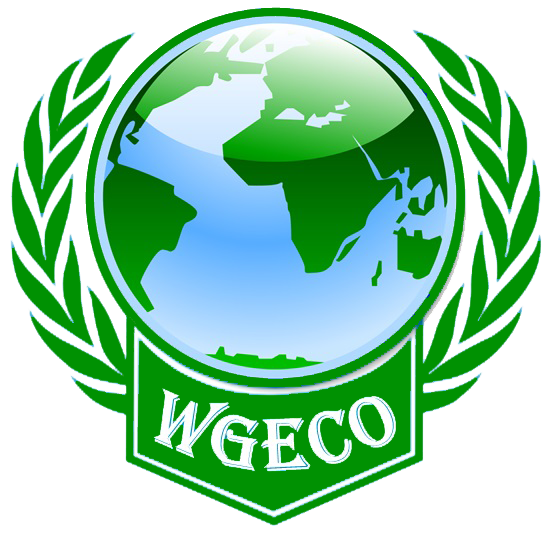UN Agreements
Paris Agreement
The Paris Agreement is an agreement within the United Nations Framework Convention on Climate Change (UNFCCC) dealing with greenhouse gases emissions mitigation, adaptation and finance starting in the year 2020. The language of the agreement was negotiated by representatives of 195 countries at the 21st Conference of the Parties of the UNFCCC in Paris and adopted by consensus on 12 December 2015. It was opened for signature on 22 April 2016 (Earth Day) at a ceremony in New York. As of March 2017, 194 UNFCCC members have signed the treaty, 142 of which have ratified it. After several European Union states ratified the agreement in October 2016, there were enough countries that had ratified the agreement that produce enough of the world’s greenhouse gases for the agreement to enter into force. The agreement went into effect on 4 November 2016.
The head of the Paris Conference, France’s foreign minister Laurent Fabius, said this “ambitious and balanced” plan is a “historic turning point” in the goal of reducing global warming. One year on, the ratification of the Paris Agreement was celebrated by the Mayor of Paris Anne Hidalgo by illuminating the Eiffel Tower and the Arc de Triomphe, Paris’ most iconic monuments, in green.
Kyoto Protocol
The Kyoto Protocol is an international treaty which extends the 1992 United Nations Framework Convention on Climate Change (UNFCCC) that commits State Parties to reduce greenhouse gas emissions, based on the premise that (a) global warming exists and (b) human-made CO2 emissions have caused it. The Kyoto Protocol was adopted in Kyoto, Japan, on 11 December 1997 and entered into force on 16 February 2005. There are currently 192 parties (Canada withdrew effective December 2012) to the Protocol.
The Kyoto Protocol implemented the objective of the UNFCCC to fight global warming by reducing greenhouse gas concentrations in the atmosphere to “a level that would prevent dangerous anthropogenic interference with the climate system” (Art. 2). The Protocol is based on the principle of common but differentiated responsibilities: it puts the obligation to reduce current emissions on developed countries on the basis that they are historically responsible for the current levels of greenhouse gases in the atmosphere.
The Protocol’s first commitment period started in 2008 and ended in 2012. A second commitment period was agreed on in 2012, known as the Doha Amendment to the protocol, in which 37 countries have binding targets: Australia, the European Union (and its 28 member states), Belarus, Iceland, Kazakhstan, Liechtenstein, Norway, Switzerland, and Ukraine. Belarus, Kazakhstan and Ukraine have stated that they may withdraw from the Protocol or not put into legal force the Amendment with second round targets.[8] Japan, New Zealand and Russia have participated in Kyoto’s first-round but have not taken on new targets in the second commitment period. Other developed countries without second-round targets are Canada (which withdrew from the Kyoto Protocol in 2012) and the United States (which has not ratified the Protocol). As of July 2016, 66 states have accepted the Doha Amendment, while entry into force requires the acceptances of 144 states. Of the 37 countries with binding commitments, 7 have ratified.
Negotiations were held in the framework of the yearly UNFCCC Climate Change Conferences on measures to be taken after the second commitment period ends in 2020. This resulted in the 2015 adoption of the Paris Agreement, which is a separate instrument under the UNFCCC rather than an amendment of the Kyoto protocol.
Montreal Protocol
The Montreal Protocol on Substances that Deplete the Ozone Layer (a protocol to the Vienna Convention for the Protection of the Ozone Layer) is an international treaty designed to protect the ozone layer by phasing out the production of numerous substances that are responsible for ozone depletion. It was agreed on 26 August 1987, and entered into force on 26 August 1989, followed by a first meeting in Helsinki, May 1989. Since then, it has undergone eight revisions, in 1990 (London), 1991 (Nairobi), 1992 (Copenhagen), 1993 (Bangkok), 1995 (Vienna), 1997 (Montreal), 1998 (Australia), 1999 (Beijing) and 2016 (Kigali, adopted, but not in force). As a result of the international agreement, the ozone hole in Antarctica is slowly recovering. Climate projections indicate that the ozone layer will return to 1980 levels between 2050 and 2070. Due to its widespread adoption and implementation it has been hailed as an example of exceptional international co-operation, with Kofi Annan quoted as saying that “perhaps the single most successful international agreement to date has been the Montreal Protocol”. In comparison, effective burden sharing and solution proposals mitigating regional conflicts of interest have been among the success factors for the ozone depletion challenge, where global regulation based on the Kyoto Protocol has failed to do so. In this case of the ozone depletion challenge, there was global regulation already being installed before a scientific consensus was established. Also, overall public opinion was convinced of possible imminent risks.
The two ozone treaties have been ratified by 197 parties, which includes 196 states and the European Union, making them the first universally ratified treaties in United Nations history.
These truly universal treaties have also been remarkable in the expedience of the policy making process at the global scale, where bare 14 years lapsed between a basic scientific research discovery (1973) and the international agreement signed (1985 & 1987).
